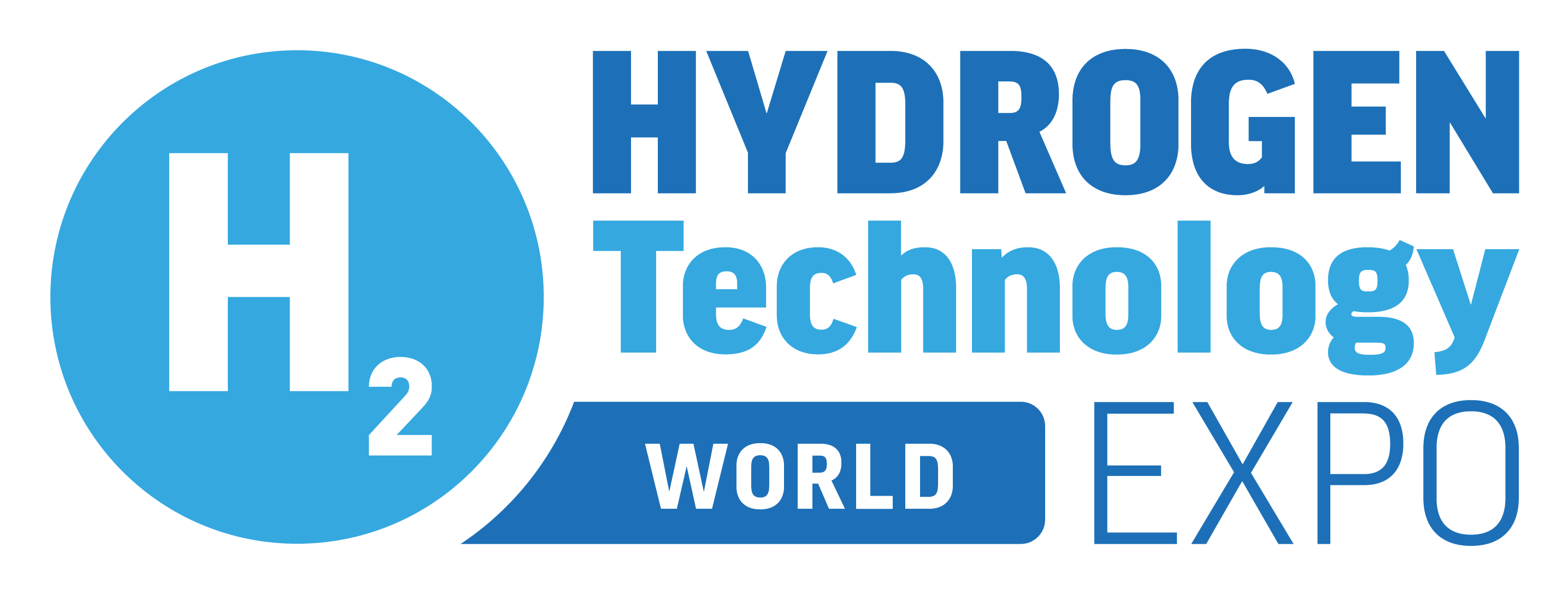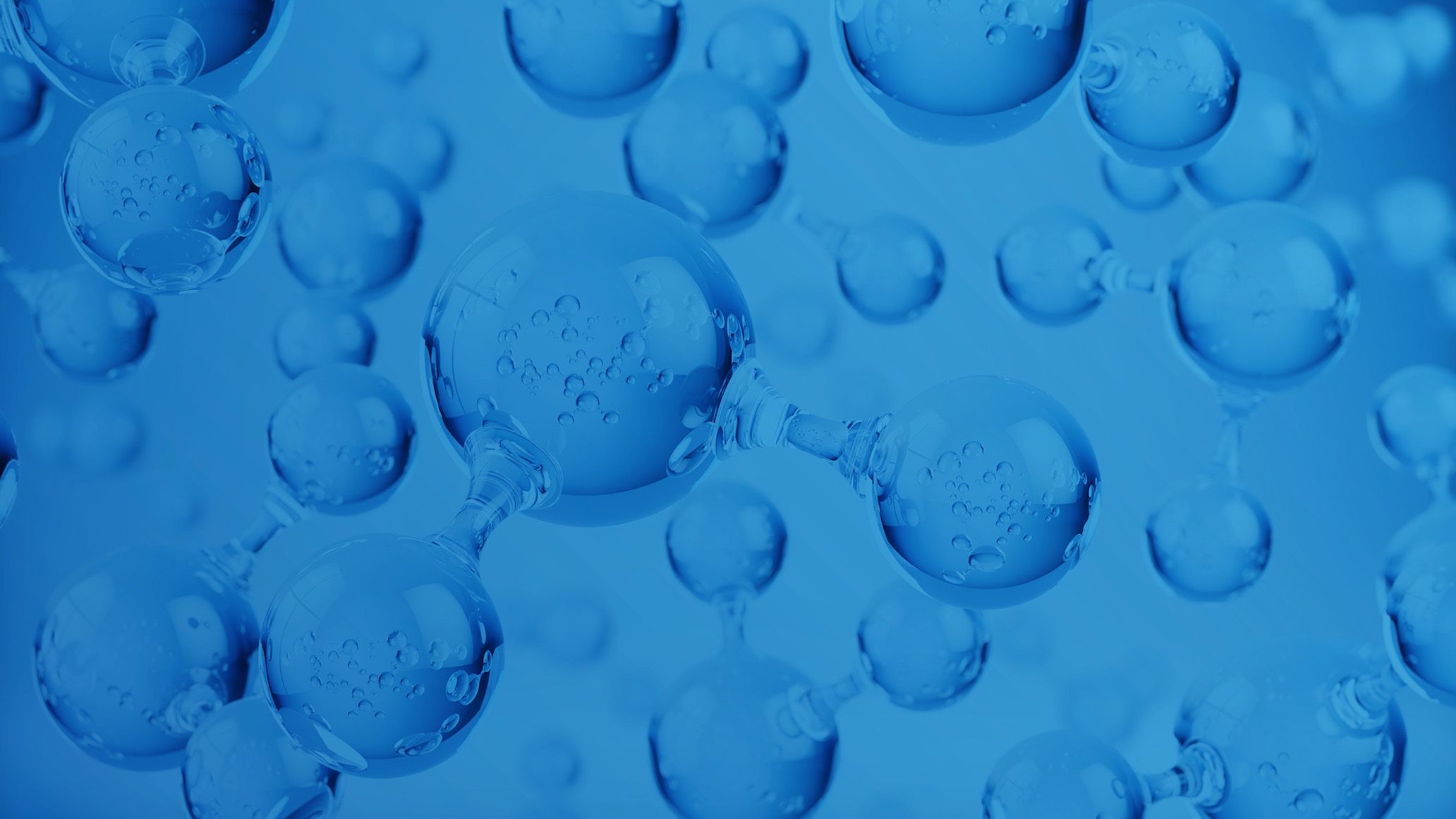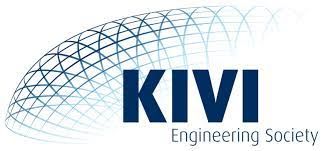Strohm is chosen by TotalEnergies for the development of a sustainable pipeline
)
Strohm BV recently secured a contract from TotalEnergies, which allows Strohm BV to supply ultra-deepwater pipelines to transport hydrogen and CO2 in offshore environments.
This project falls within part of HydrogenOne Capital Growth’s portfolio, as it will involve Strohm developing thermoplastic composite pipeline (TCP) technology. A huge benefit of doing this, is that this kind of pipeline reportedly has a 50% lower carbon footprint in comparison to conventional pipelines, which are regularly used for oil and gas.
The new contract which has been created, signifies Strohm’s first entry into the ultra-deepwater market and the company’s first task will be to build new pipelines, which will be at a water depth of 2,200 metres. These pipes will be situated in an offshore high CO2 field, which will be located in the Santos Basin, within the Brazilian pre-salt area. It is already planned that the pipelines will be installed in 2026.
Moreover, to make this all possible, Strohm received funding in June of 2024 and this will enable the company to scale-up its pipeline and manufacturing abilities. To do this, Strohm will work alongside SENCO Hydrogen Capital, who is the lead investor in a 30m euro capital increase.
It has been made clear that the TCP solution provides a “corrosion resistant solution for CO2, which can otherwise cause stress corrosion cracking on alternative pipelines.”
Strohm CEO, Martin van Onna, commented, “Recently, TotalEnergies installed a TCP Jumper at the Egina field, and now we welcome this TCP Flowline contract – the ‘definitive solution’ that the industry has been seeking. As a global first, a first in Brazil, and a first for resolving the CO2 corrosion issue, it is a breakthrough moment for the sector, one that further evidences our pioneering spirit.”
Project Manager at TotalEnergies, Thomas Leize, mentioned, “It will be the first project like this in the pre-salt and we have carefully selected this innovative technology for replacing the flexible lines in operation with a clear focus on design life, performance and carbon footprint. This technology is important because it represents a solution to a long-lasting corrosion problem, at a competitive cost, applicable for ultra-deepwater, in line with our commitment of reducing emissions from our operations.”





)
)
)
)
)
)
)
)
)
)
)
)
)
)
)
)
)
)
)
)
)
)
)
)
)
)
)
)
)
)
)
)
)
)
)
)
)
)
)
)
)
)
)
)
)

)
)
)
)
)
)
)
)
)
)
)
)


)
)
)
)
)
)
)
)
)
)
)
)

)

)
)
)

)
)
)
)
)
)
)
)
)

)
)
)
)

)
)
)
)
)
)
)
)
)
)


)

